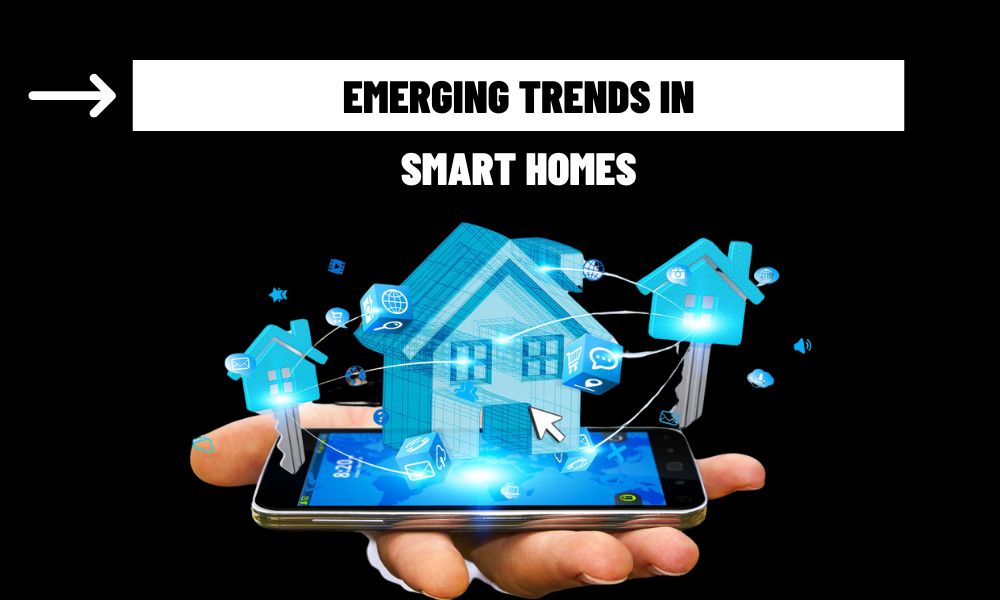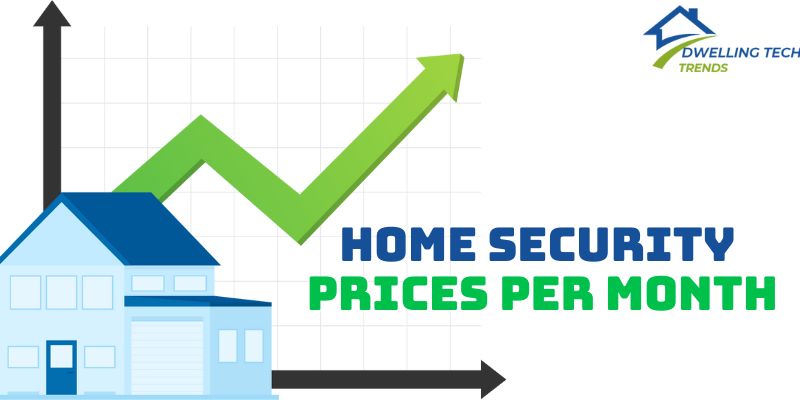Smart homes, powered by interconnected devices and advanced technologies, are redefining modern living. From energy-efficient systems to AI-driven automation, the trends in smart home technology are rapidly evolving to meet user demands for convenience, sustainability, and security. This article explores the latest trends shaping the smart home industry, their implications, and how they are transforming residential spaces.
Contents
Key Trends in Smart Homes
The smart home ecosystem is advancing through several innovative trends:
1. AI and Machine Learning Integration
Artificial intelligence (AI) is enabling smart homes to learn user preferences and anticipate needs. Machine learning algorithms analyze data from devices like thermostats, lights, and cameras to optimize performance. For example, Google Nest uses AI to adjust heating based on occupancy patterns, reducing energy waste. Predictive automation, such as lights dimming when residents leave, enhances both convenience and efficiency.
2. Voice and Natural Language Control
Voice assistants like Amazon Alexa, Google Assistant, and Apple Siri are becoming central hubs for smart home control. Advances in natural language processing (NLP) allow these systems to handle complex, context-aware commands, such as “Prepare the house for movie night,” which might dim lights, lower blinds, and queue a streaming service. Multilingual support and emotion-aware responses are further enhancing user interaction.
3. Energy Efficiency and Sustainability
Sustainability is a driving force in smart home innovation. Smart thermostats, solar panels, and energy-monitoring systems help households reduce their carbon footprint. Devices like the Sense Energy Monitor track real-time energy usage, offering insights to optimize consumption. Integration with renewable energy sources, such as smart inverters for solar panels, is also gaining traction, particularly in eco-conscious markets.
4. Enhanced Security Systems
Smart security solutions are evolving with AI-powered features. Facial recognition in doorbell cameras (e.g., Ring Home or Google Nest Doorbell) distinguishes between visitors and strangers, while cloud-based analytics detect suspicious activity. Integration with smart locks and alarms allows remote monitoring and control, providing peace of mind for homeowners.
5. Edge-Cloud Hybrid Architectures
To address latency and privacy concerns, smart homes are adopting hybrid systems combining edge and cloud computing. Edge devices process time-sensitive tasks locally (e.g., motion detection), while cloud servers handle data storage and complex analytics. This approach, seen in devices like Apple HomeKit, improves responsiveness and reduces reliance on constant internet connectivity.

Benefits of These Trends
- Convenience: Automated routines and voice control simplify daily tasks, saving time for users.
- Cost Savings: Energy-efficient devices and predictive maintenance reduce utility and repair costs.
- Security: Advanced monitoring and real-time alerts enhance home safety.
- Sustainability: Green technologies lower environmental impact, aligning with global climate goals.
Despite their promise, these trends face obstacles:
- Interoperability: Devices from different brands often lack seamless integration, requiring universal standards like Matter, a new connectivity protocol.
- Privacy Risks: AI and cloud-based systems raise concerns about data security, necessitating robust encryption and transparent policies.
- Cost Barriers: High upfront costs for advanced systems can deter adoption, particularly in developing markets.
- Technical Complexity: Setting up and maintaining smart home ecosystems may overwhelm non-tech-savvy users.
Future Outlook
The smart home market is poised for significant growth, with projections estimating a global value of $174 billion by 2025. Emerging technologies, such as 5G for faster connectivity and blockchain for secure data management, will further accelerate adoption. Additionally, smart homes are integrating with urban infrastructure, enabling “smart neighborhoods” where homes share energy or security data for collective efficiency.
The trends in smart homes—AI integration, voice control, sustainability, advanced security, and hybrid architectures—are transforming how we live. While challenges like privacy and interoperability remain, ongoing innovations and standards like Matter promise a more cohesive ecosystem. As smart home technologies become more accessible, they will continue to enhance convenience, security, and sustainability, shaping the future of residential living.



